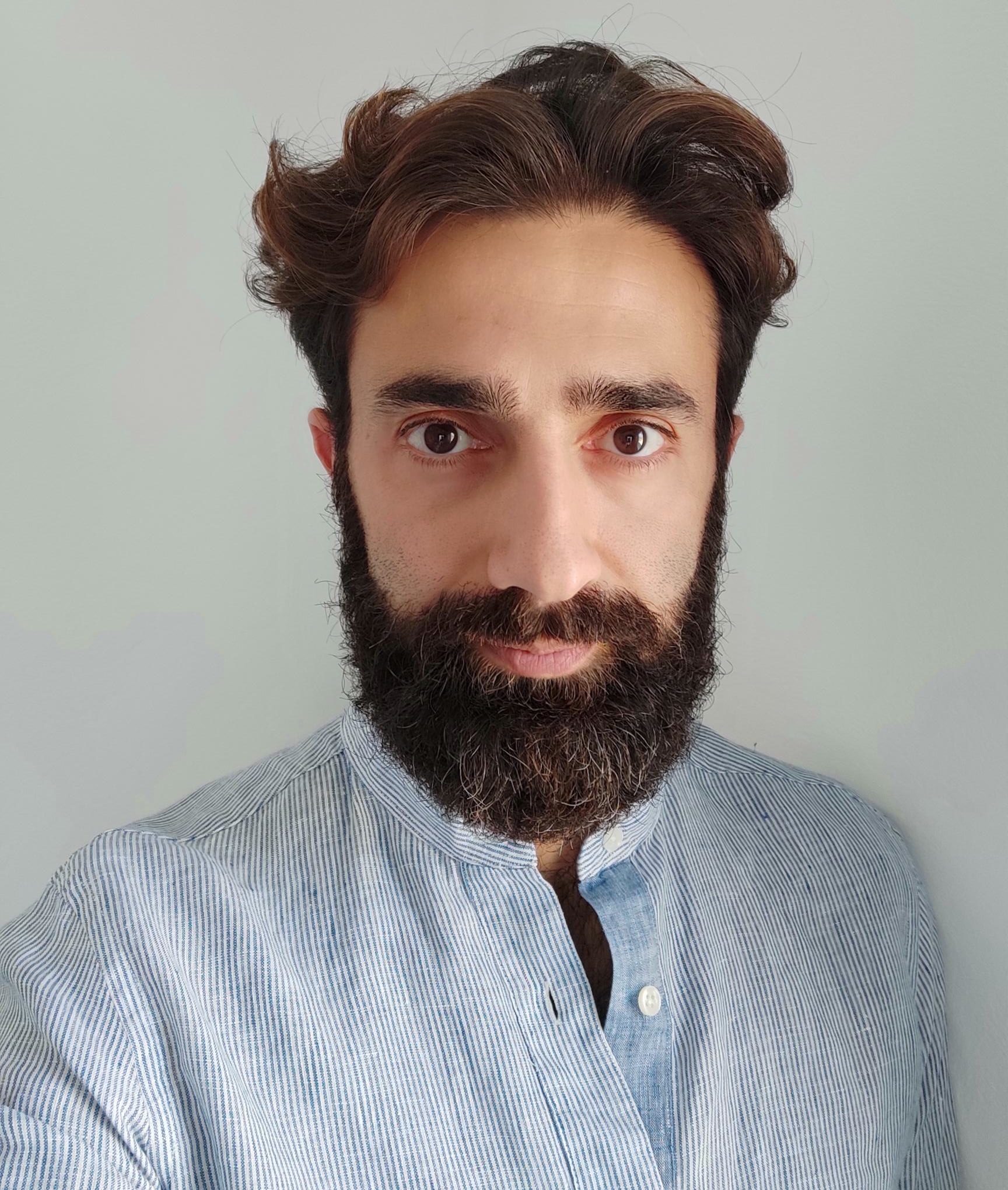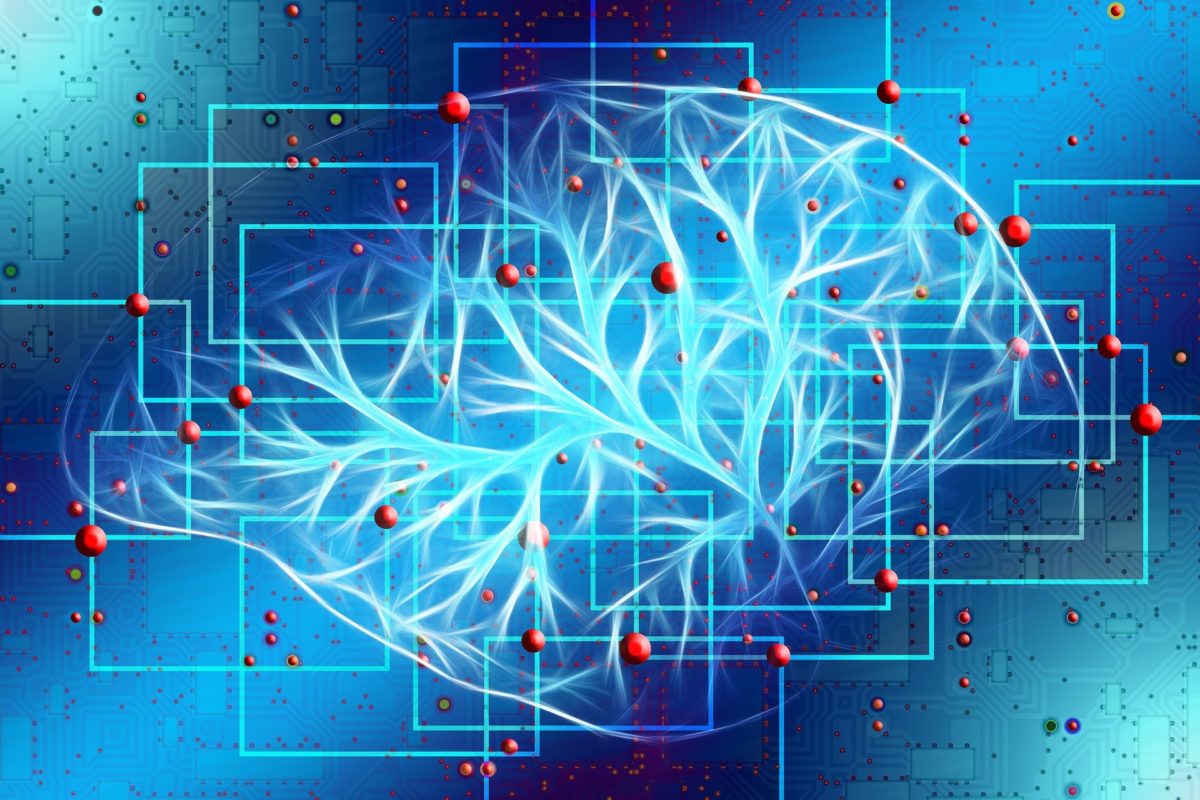INVITATION TO INTRODUCTORY LECTURE
Studying Brain Function using Large-Scale Electrophysiology and Imaging Techniques
by Dr Nikolas Perentos, Senior Research Associate in Neuroscience, Department of Basic and Clinical Sciences, University of Nicosia Medical School
Brains are arguably among the most complex objects in the universe. Accordingly, the field of experimental neuroscience research must span multiple levels of analysis including the molecular, circuit, systems, behavioural, as well as theoretical neuroscience levels. One experimental approach spanning some of these levels and proving particularly useful is the method of in vivo electrophysiology and imaging at single neuron resolution, across large populations of neurons.
In my talk, I will describe how using these techniques while simultaneously monitoring behaviour, can bring us closer to the goal of understanding brain function. First, I will outline the typical route for generating large datasets from such experiments, focusing on the most widely used animal models in rodents. I will then motivate the need for alternative species and present results from electrophysiological studies in a large-brained mammal, the domestic sheep. The results touch on topics such as electrophysiological signatures of sleep, spatial coding and other signatures that are identified for the first time in freely moving sheep. I will conclude that although sheep models are not a substitute for rodent models, they do offer enormous potential for novel experiments, and could accelerate neuroscience progress.
Closing, I will advocate for expanding the use of these techniques within Cyprus’ neuroscience landscape, so as to maximize the use of experimental animal models and strengthen local neuroscience research output as a whole.

ABOUT THE SPEAKER
Dr Nikolas Perentos holds a Bachelor of Engineering in Telecommunications Engineering from RMIT University of Australia, and a PhD from RMIT and Swinburne Universities of Melbourne, Australia, where he conducted one of the biggest human EEG studies investigating resting brain activity changes under mobile phone radiation having built most instrumentation for these experiments.
Dr Perentos has previously worked as a Research Associate at the Brain Sciences Institute at Swinburne University, Australia, as a Research Associate at the Department of Physiology, Development and Neuroscience at the University of Cambridge, UK as well as an independent researcher at Ludwig-Maximilians-Universität München, Germany.
Starting from the field of non-ionizing radiation protection research and its effects on brain activity, he later moved to the field of experimental neuroscience using standard (mice) and alternative (sheep) animal models for brain function. He combines large-scale electrophysiology techniques together with behavior to explore questions that center on sleep, memory processing, valence, and spatial coding of experience.


